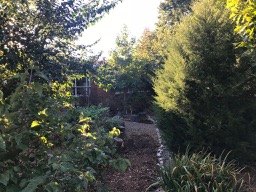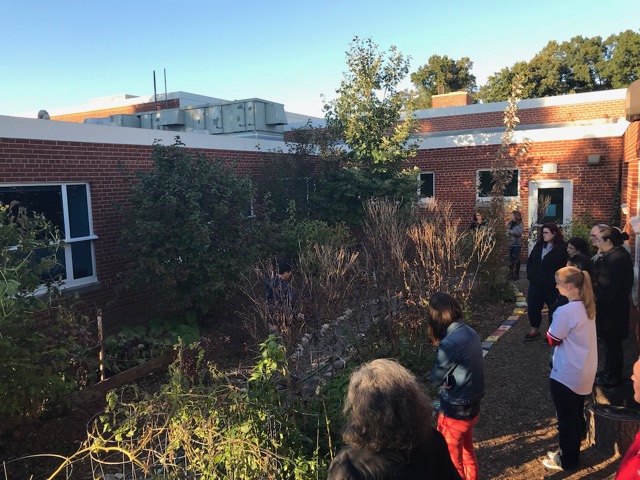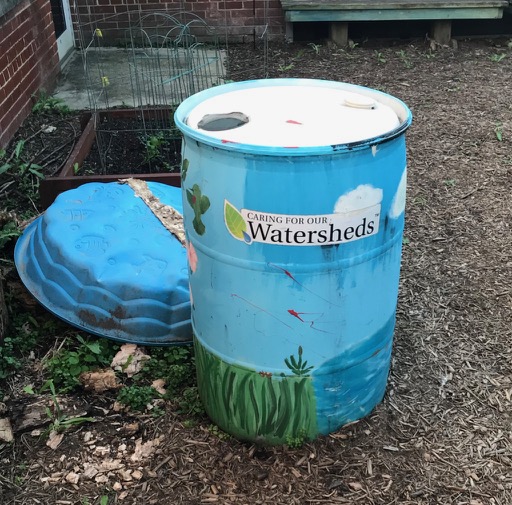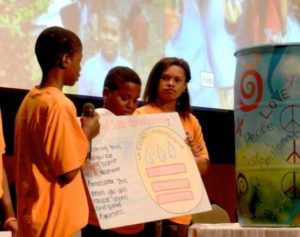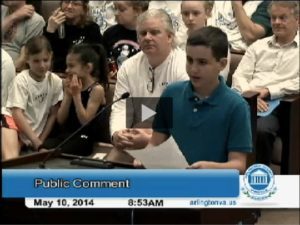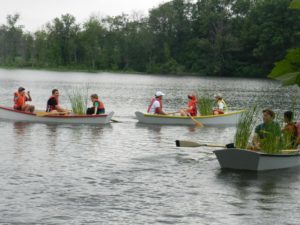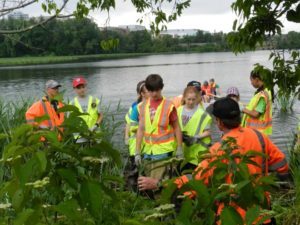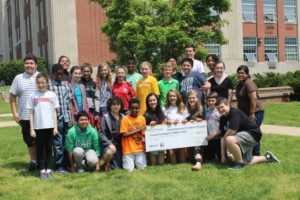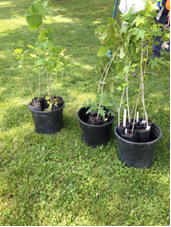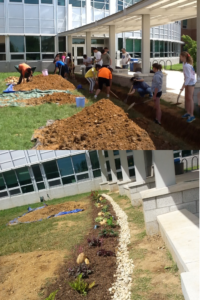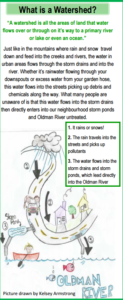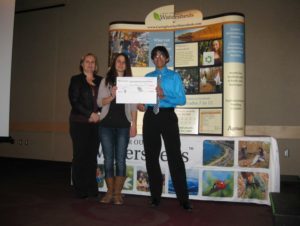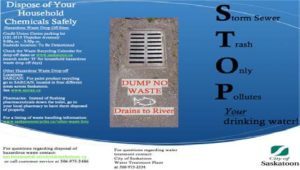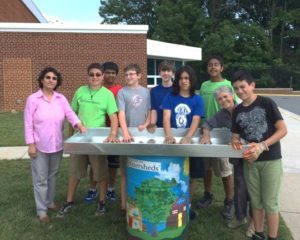 2014 Fairfax, Virginia, USA
2014 Fairfax, Virginia, USA
Eighth graders at Lanier Middle School noticed that ducks frequently nest near a small pond created in the schoolyard’s habitat area, and they wanted to ensure the area supported duck nesting and wise water use. They felt that using rain barrels to fill the pond would be a better use of resources than filling the pond with potable water, and a good way to lead by example. However, they found that the school building has no downspouts in the habitat area, which is in an interior courtyard, so they thought a funnel could be used to direct rainwater into a rain barrel.
By conserving water, promoting wildlife habitat, and demonstrating an application for water harvesting, they knew their idea would improve the Chesapeake Bay watershed, and it would save the energy used to treat drinking water.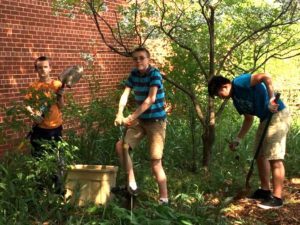
A finalist proposal in the 2014 Caring for Our Watersheds competition, their solution involved designing several possible funnels, and having one built to their specifications. They built a platform for the funnel and planted vegetation that would make the area a better nesting place. In consultation with experts from Lands & Waters and Friends of Accotink Creek, they implemented their solution with $2000 in funding from Nutrien.
CFW Project Update
In 2018, this schoolyard habitat is thriving, and has received a number of awards. The area continues to conserve water and energy by using rainwater instead of local drinking water, promote wildlife habitat through the well-established native vegetation, and is even used to inspire local educators to participate in CFW and implement solutions with their students.
